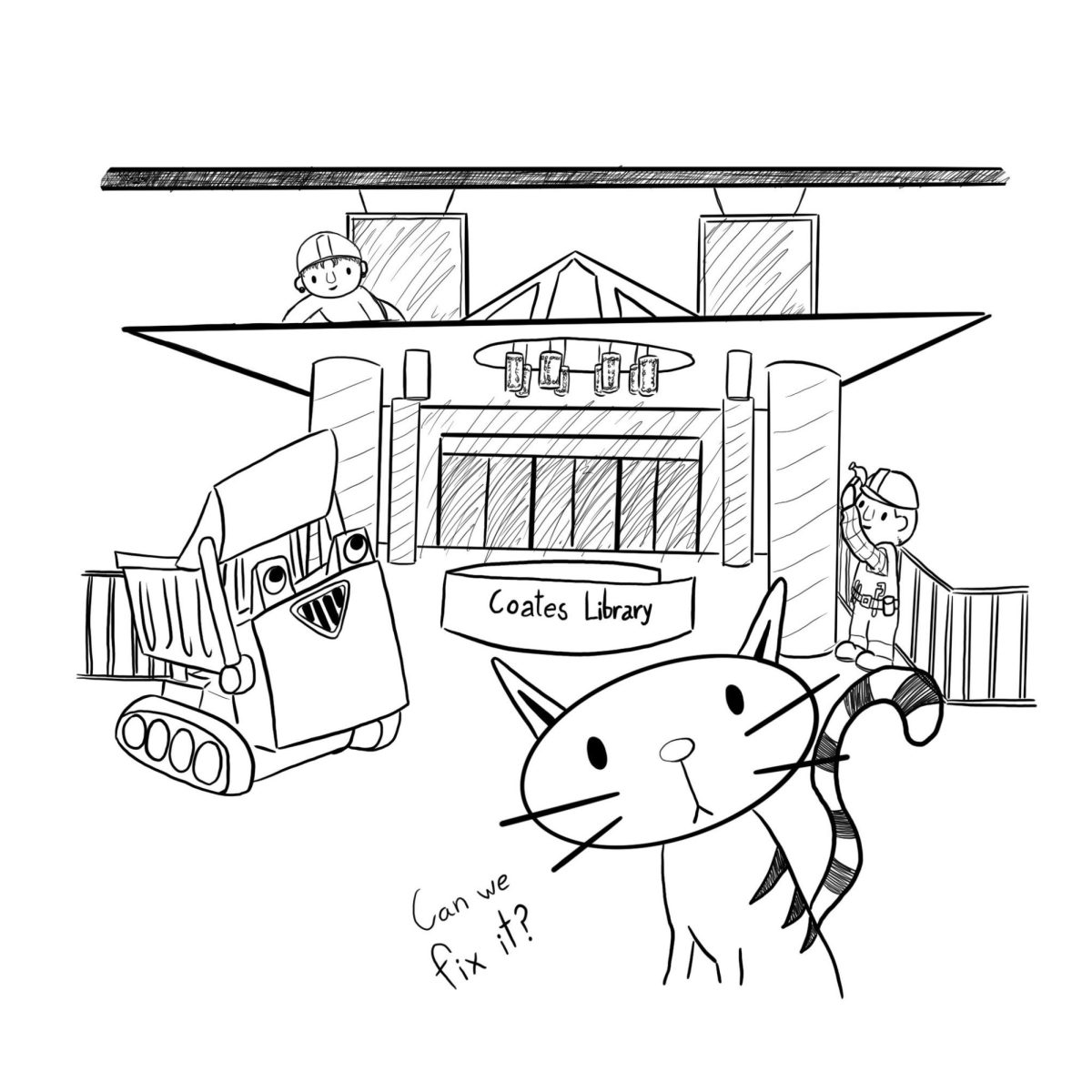Butterflies used to be a routine part of the outdoors, but they’ve started to become a distant memory. A recent study published in Science indicated that the U.S. butterfly populations have drastically fallen 22% from 2000 to 2020. This may be obvious for Texans with the decreased number of monarch butterflies migrating year after year. The Center for Biological Diversity indicates that western American monarch populations have dwindled from 1.2 million to under 200,000 in 2020. Monarch acreage in Mexico dropped 90% from 1990 to now.
Butterflies, but especially monarchs, are in a crisis. Butterflies are more than just visual marvels: They are important cogs in our environment, and Trinity can do its part by becoming a refuge for butterflies as their populations continue to decline.
Like bees, butterflies are important pollinators. In layman’s terms, biodiversity keeps our environment alive. There are many incentives to help butterflies. On top of being pretty, butterflies help the economy, even here in Texas. A study from ScienceDirect shows that butterflies and flies help produce $120 million in Texas’s cotton industry annually.
Losing butterflies has numerous risks, even in unexpected areas. While these problems are pressing, there is some good news. Monarch butterflies’ habitats doubled from 2024 to 2025 in Mexico, where they live from October to March. While this news is promising, monarchs migrate across North America twice a year. There needs to be a fight for the monarchs in America, starting at the local level.
In a sea of lawn on campus, I look to Trinity’s Eco-Allies and the Community Garden. When walking around Storch, I’ve seen the most butterflies on campus in the Community Garden. Different plants and grasses are in a fairly small space, in contrast to the ever-changing landscape of Trinity’s gardening. I tip my hat to Trinity’s landscaping and grounds maintenance crew to keep our campus pristinely manicured, but we can also be environmentally sustainable. We can have the pretty lawn and meticulously groomed plants, and we can employ future-focused strategies for our environment. As the planet changes, Trinity can demonstrate what sustainability can bring, even on the smallest of scales.
There’s one simple answer to what can help monarch butterflies: milkweed. A plant native to Texas, milkweed is one of monarch butterflies’ favorite plants. There are all sorts of species, and over 30 can be found here. Dana Kobilinsky has discussed a theory that milkweed habitat loss has caused monarch collapse. Like all things, climate change has impacted milkweed, but it can make a difference in keeping future populations sustainable.
Looking beyond Trinity, the Monarch Highway is a multi-state collaboration between six Departments of Transportation to plant butterfly-friendly plants on the side of I-35 in hopes of maintaining their migration patterns up and down the central US. Even locally, it’s clear that San Antonians are motivated to help preserve butterflies’ habitats, as Brackenridge Park holds the Monarch Butterfly & Pollinator Festival annually. Over 3,500 people show up to “celebrate and educate” about monarch butterflies and how to craft important pollination habitats for them.
Drawing on these examples showcases the practical ways to support butterflies. We have infrastructure in place to aid migration. It’s a matter of using it to create a helpful environment. The university is no exception.
I don’t expect Trinity students to dedicate their balconies to become a safehouse for butterflies, or for the entire campus landscape to change to milkweeds. I don’t have the know-how to do that, and most students don’t have the time. Gardening is a labor of love, doubled when needed to be environmentally sustainable. However, as the Community Garden demonstrates, efforts to maintain biodiversity do not need to be large-scale to make a huge difference.
The future of climate change does not paint a pretty picture for butterflies, especially monarchs. As the world continues to change for all of us, there will be unexpected consequences, even for the littlest creatures. The smallest of bugs can create a meaningful difference for us. As temperatures rise, monarchs will be seen less and less. At some point, there may be summers when Texans don’t see monarchs. To prevent a future without monarchs, Trinity should adopt existing strategies to plant more natives, such as milkweed, to ensure an environment that benefits everyone.





